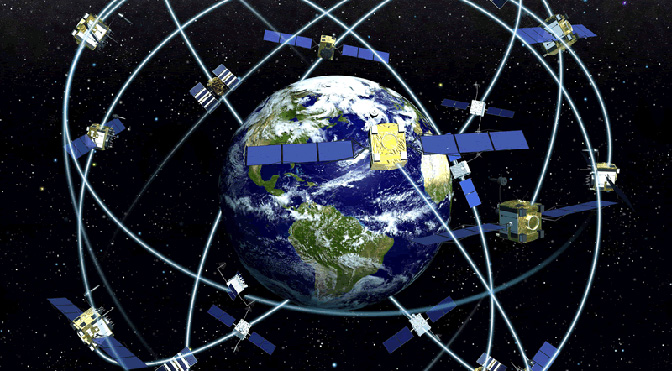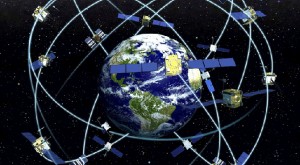The Indian Space Research Organisation (ISRO)’s primary workhorse PSLV-C24, carrying the 44.4 Metre tall and 1,432-kg Navigation Satellite IRNSS-1B blasted off from Satish Dhavan Space Centre at Sriharikota in Andhra Pradesh. PSLV-C24 injected the IRNSS-1B into a Preliminary Orbit. The satellite achieved a Prigee of 283 km against the target of 284 km and an apogee of 20,630 km against the targeted 20,650.this mission also achieved the correct inclination of 19.2, Differenting only in the second decimal place. Soon after it was placed in the Preliminary Orbit, Master Control Facility (MCF) at Hassan took control of the satellite. The satellite will be placed into Sub-Geosynchronous transfer orbit (Sub-Gto).
Once completed the IRNSS system will offer navigation services, for both Civil and Defence purposes, in India and also 1,500 km beyond its borders. It will help augment the satellite based navigation system of India, which is currently under development. The navigation system so developed will be a regional one targeted towards South Asia. It will be useful in Terrestrial, Aerial and Sea Navigation, and way-point the missiles to their targets. IRNSS-1B carries two types of payload and ranging payload. The navigation payload of IRNSS-1B will transmit Navigation service signals to the users. This payload will be operating in L5 band (1176.45 MHZ) and S band (2492.028 MHZ). A highly accurate Rubidium Atomic Clock is part of the satellite. The ranging payload of IRNSS-1B consists of a C-band transponder which facilitates accurate determination of the range of the satellite. IRNSS-1B also carries corner Cube Retro Reflectors for laser ranging. The design of the payload makes the IRNSS system Inter-Operable and compatible with Global Positioning System (GPS) and Galileo.
The satellite is powered by two Solar Arrays, which generate power up to 1,660 Watts and has a life-time of ten years. This is a second navigation satellite, launched successfully by the Indian Space Research Organisation (ISRO), among the seven satellites that will eventually constitute the Indian Regional Navigational Satellite System (IRNSS), the IRNSS-1A was put into orbit on July 1, 2013.





4 Comments. Leave new
Good effort!
Good work!
Indeed a very informative article. And such a technology would be beneficial for India. I really love reading such posts. 🙂
Informative and interesting article.. Such technologies will help India to move forward!